Stone masonry combines beauty and strength, making it a popular choice for structures throughout history. Masonry buildings have long been favored by architects, builders, and homeowners for their durability, fire resistance, and range of finishes, including diverse colors and patterns. The care and maintenance of exterior stonework—whether limestone, brownstone, or marble—are vital for preserving the aesthetic and structural integrity of buildings.
Rock of Ages
In the early 20th century, materials like limestone, brownstone, and marble were used extensively in notable architectural projects. The Woolworth Building in New York City, completed in 1913, features a stunning facade crafted from limestone and terra cotta. The iconic Brooklyn brownstones exemplify the use of literal brownstone, a type of sandstone that has become a hallmark of urban residential architecture in the United States.
Chicago’s neo-gothic Tribune building prominently showcases brick and terra cotta, while the Boston Public Library in New England boasts a striking Renaissance Revival design with its limestone facade. Florida State University’s Doak Campbell Stadium, completed in 1950, is noted as the largest continuous brick structure in the United States, second in the world behind the Great Wall of China.
According to Jean Jang, architectural conservator at global engineering firm Wiss, Janney, Elstner Associates, “In the late 1800s and early 1900s, mass masonry buildings were everywhere, with walls acting as both support and facade. But by the mid-1900s, steel and concrete frames took over, making masonry less practical and more expensive. Now, masonry is mainly used as cladding instead of a structural element. Today’s wall designs focus on water management and insulation with lighter materials, but people still love masonry for its classic look.”
According to Mukarram Ahmed, vice president of the tri-state masonry firm CH. CO. Inc., “Standard brick remains the most common choice for buildings, with limestone and brownstone also prevalent during the early 1900s, when many iconic structures were built.” Each type of stone and masonry lends itself to distinct architectural styles, chosen based on structural requirements, aesthetic preferences, and environmental factors.
The sourcing of stone materials significantly impacts both the cost and long-term maintenance of a building. Jang explains that “The sourcing of stone materials to repair and replace deteriorated materials is project dependent. Some historic stones are still quarried, while others, like brownstone and Quincy granite, are no longer available, requiring alternative strategies.” These strategies include salvaging historic materials and using alternative materials like cast stone or precast concrete that can be fabricated to the shape and simulate the finishes of the historic stone.
Jeff Buczkiewicz, president of the Mason Contractors Association of America (MCAA), adds that “Limestone from Texas is softer, while Indiana limestone is much harder, affecting the amount of maintenance required.” Using incompatible materials, as Jang cautions, can lead to premature deterioration and increased repair frequency, making careful selection critical in restoration projects. She advises that “The performance of the new materials should be reviewed closely. New materials with similar performance characteristics to the existing stone will likely have better overall performance.”
Although stone and masonry are celebrated for their durability, they are not immune to the elements. Freezing temperatures can cause cracks, while deteriorating mortar joints compromise a building’s structural integrity. Jang notes that “The most common distress in masonry-clad buildings is water penetration, which can lead to erosion, cracking, and corrosion of embedded steel elements.” This distress is particularly severe in colder climates, where freeze-and-thaw cycles exacerbate damage.
The use of de-icing agents in winter can also damage masonry. Buczkiewicz emphasizes the harmful effects of salt, advising the use of alternative de-icing products to reduce the toll taken on building materials. Jang points out that “Neglected building facades may require more extensive repairs, such as replacement of steel lintels and flashing, rebuilding and stabilization of cracked, spalled, or displaced masonry, and repair of the underlying building structure.” Left unchecked, water penetration can lead to significant structural issues, including cracking and displacement of masonry, and even the potential for hazardous falling debris from overhead.
Maintaining Stone & Masonry Facades
To ensure that exterior stonework and masonry remain in good condition, certain tasks should be performed regularly throughout the year. Jang explains that “Periodic maintenance, such as repointing and crack repair, is key to limiting water penetration, which can cause long-term damage.” Buczkiewicz advises that “Exterior stone may need occasional cleaning, especially if it’s not in sunlight. But be cautious with harsh chemicals, as they can damage certain stone types.” Ahmed adds that “Washing with water and avoiding harsh chemicals helps maintain the visual appeal and cleanliness of the facade.”
A condition assessment by a qualified professional can identify necessary repairs, and common maintenance tasks include repointing mortar joints, crack repair, and masonry unit replacement. Jang notes that “implementing a cyclical maintenance program is essential to prolong the life of stone and masonry facades and to prevent safety hazards.” Neglect can lead to more extensive, costly repairs such as replacing steel lintels or rebuilding damaged sections.
As modern construction trends toward steel and glass, maintaining traditional stone and masonry facades has become more challenging. The availability of skilled tradespeople familiar with these materials has dwindled. Jang notes, “While the maintenance and repair of masonry-clad buildings is still common practice, there are fewer craftworkers specializing in historic masonry restoration.” Nonetheless, restoration specialists continue to play a key role in preserving these historic structures, despite the trend toward newer materials and designs.
A well-maintained stone or masonry facade not only enhances a building’s aesthetic appeal but also significantly increases property value. Jang highlights that “If properly maintained, masonry facades provide a more durable cladding system with a lower life-cycle cost than cheaper options like wood or composite siding.”
According to the National Association of Realtors (NAR)’s 2020 market report, properties with custom masonry designs sell for 10% more than similar properties without such features. Buczkiewicz asserts that “Masonry homes retain their value better over time, contributing to a higher overall value in communities and offering a more attractive appearance.” Ahmed concurs, adding that a well-maintained facade helps protect the building from more severe structural issues down the line.
Stone and masonry remain integral to architectural design, offering both beauty and durability. Understanding the sourcing, vulnerabilities, and maintenance needs of these materials is essential for their longevity. Jang advises, “Implementing a regular and cyclical maintenance program can help reduce safety hazards and prolong the life of stone and masonry facades.” With their timeless appeal, these materials will continue to inspire architects and homeowners, making their proper care a priority.
Kate Mattiace is Associate Editor of CooperatorNews.



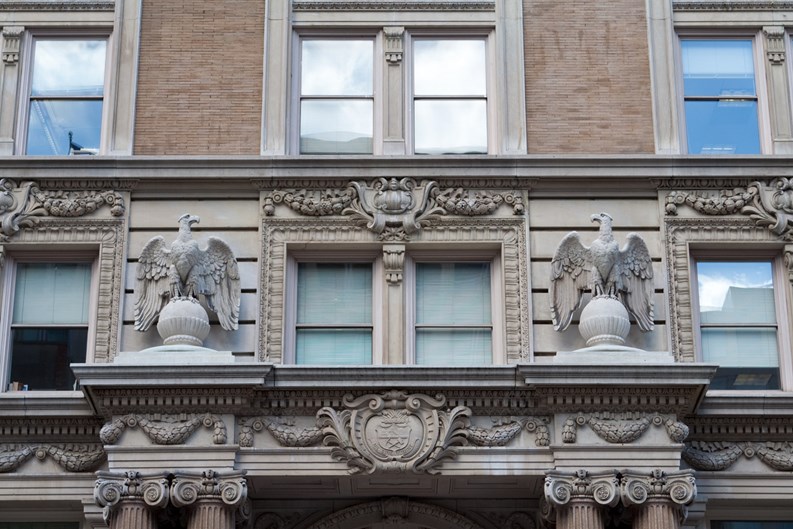
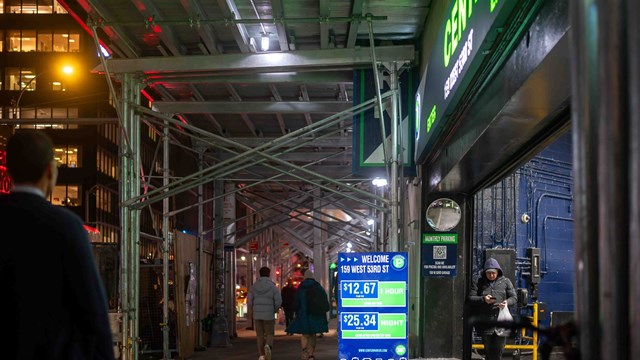
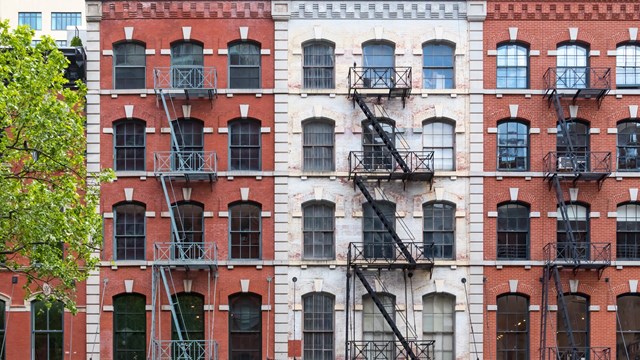
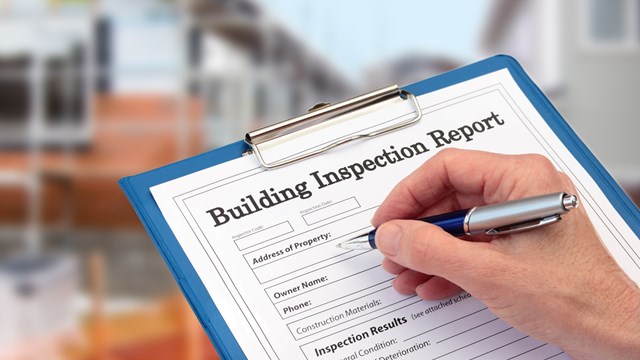
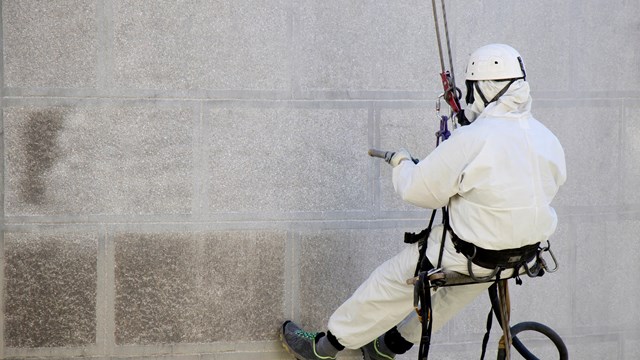


Leave a Comment